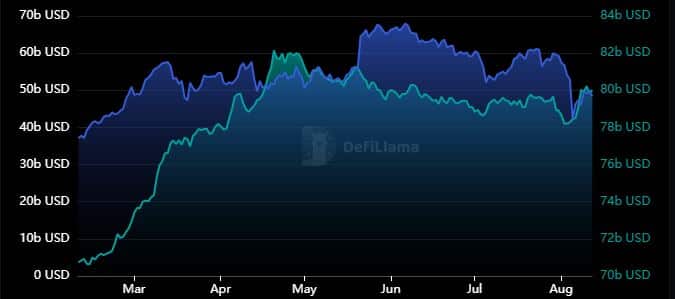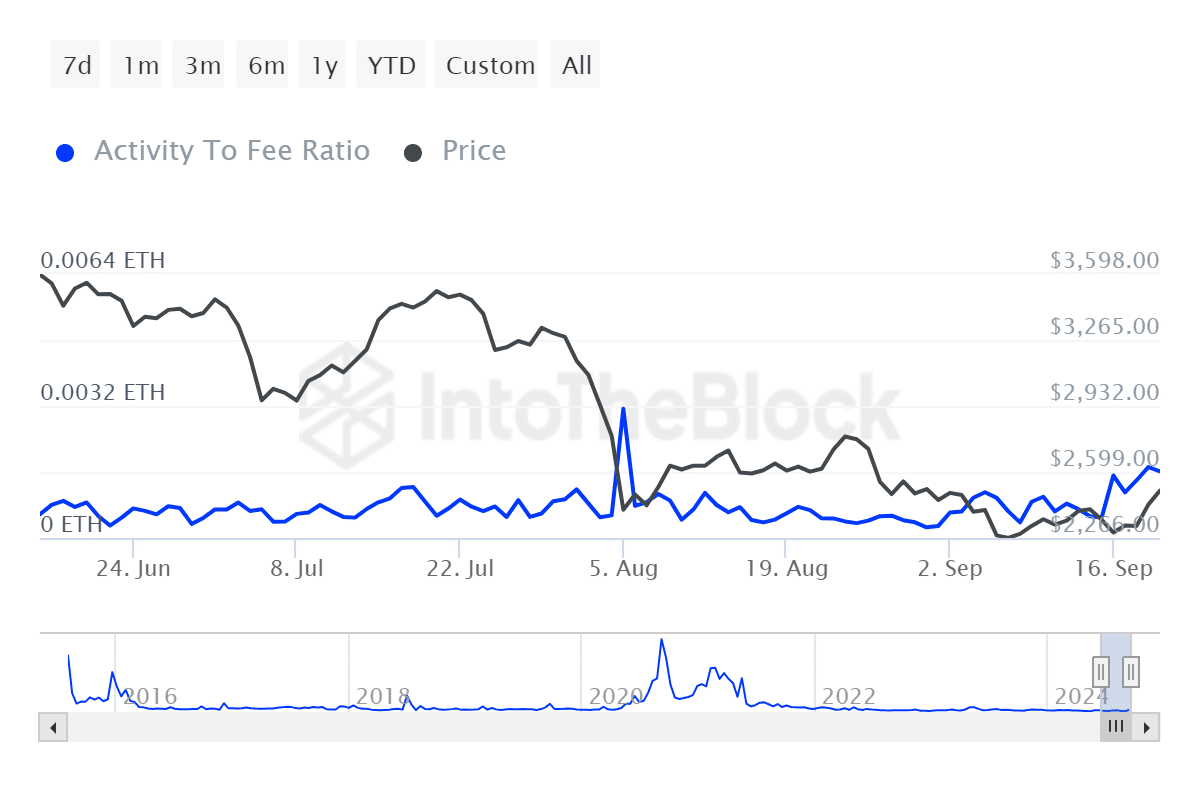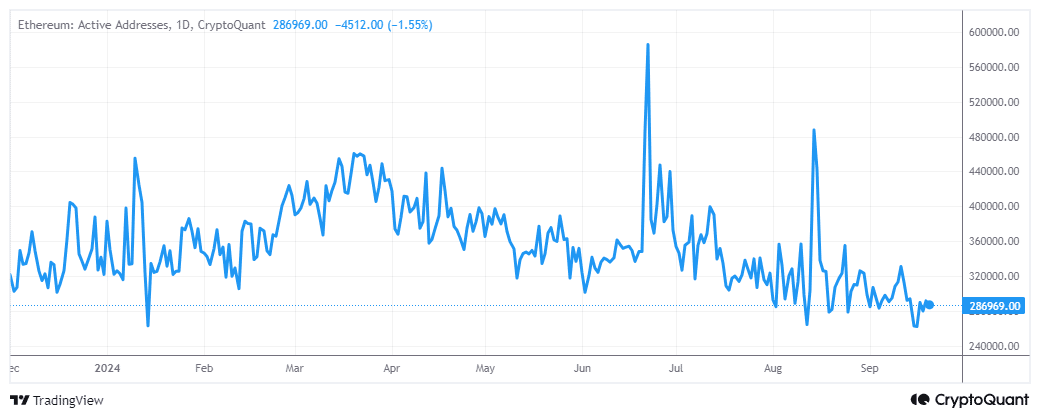- Increases in TVL and stablecoin market capitalization suggest a rise in confidence.
- Ethereum may be on the brink of a DeFi resurgence following weeks of reduced demand.
The Ethereum [ETH] network has experienced a significant drop in network activity over the past few months, reflecting the state of DeFi in a market marked by low demand.
Historically, Ethereum has shown robust network activity and engagement within its DeFi ecosystem, particularly during bullish market trends.
The market has so far enjoyed a positive week, with announcements regarding interest rate cuts serving as a catalyst. Is this enough to rekindle interest in Ethereum’s DeFi scene?
Currently, the Ethereum network is observing some encouraging activity that may indicate a recovery. The network’s stablecoin market capitalization might shed light on the matter.
Ethereum’s stablecoin market cap (green) reached a peak of $82.154 billion in April but has been on a decline since. Recently, it hit a low of $78.20 billion at the start of August. However, it has experienced a slight rebound, reaching $83.84 billion at the time of this observation.


Source: DeFiLlama
The Ethereum total value locked (TVL) (blue) also saw a significant decline from its local peak of $66.91 billion in June, dipping below $43 billion. Nevertheless, it has since rebounded to $47.79 billion. This recent improvement might signal a resurgence of confidence in the Ethereum network.
Is Ethereum truly out of trouble?
Since mid-September, Ethereum has experienced a significant increase in its network-to-fee ratio, marking the second-highest uptick in this metric observed in the past three months. This indicates rising fees from an uptick in network activity.


Source: IntoTheBlock
This increase aligns with Ethereum’s recent bullish price movements and coincides with an uplifted sentiment in the cryptocurrency market. However, it may not accurately reflect the performance of Ethereum’s DeFi ecosystem.
While the findings point towards some enhancements in the Ethereum framework, there are still indicators of underperformance. For instance, the number of active Ethereum addresses remains close to its year-to-date lows.


Source: CryptoQuant
In other words, despite the recent surge in activity, network enthusiasm remains low. This may negatively affect ETH’s price movements. For instance, recent data indicates a bearish sentiment among whales and institutions.
Read Ethereum’s [ETH] Price Forecast 2024–2025
The analysis indicates that the recent increase in ETH was primarily driven by retail demand. This raises concerns about the sustainability of the recent price gains, especially if institutional investors remain bearish for an extended period.
Moreover, it could take weeks or months for substantial liquidity to return to the cryptocurrency market.








